中国人口的健康已显著改善,出生预期寿命从1990年的67岁提高至2015年的76.3岁。
The health of the Chinese population has improved significantly with life expectancy at birth rising from 67.0 years to 76.3 years from 1990 to 2015.
这主要得益于:1)目标明确的公共卫生运动,降低了婴儿及儿童死亡率以及减少了传染病;2)经济状况的改善,有助于营养、教育和卫生服务资源分配的改善。
This has largely been a result of: 1) well-targeted public health campaigns that reduced infant and child mortality and communicable disease; and 2) improved economic conditions impacting nutrition, education and distribution of health services.
孕产妇死亡率从1990年的80/10万降至2013年的23.2/10万;住院分娩已成为常规。
The maternal mortality ratio decreased from 80.0 per 100,000 live births in 1990 to 23.2 per 100,000 live births in 2013, with hospital births becoming standard.
1996年至2014年,中国5岁以下儿童的死亡率已降低了75%。
From 1996 to 2014, China reduced its under-5 mortality by 75%.
目前在中国的许多地方,5岁以下儿童的死亡率比美国和加拿大还低。
In many parts of China, under-5 mortality is now lower than in Canada or the United States of America.
随着营养水平的提高,1990年到2010年期间,5岁以下低体重儿童的数量下降了74%。
As nutrition improved from 1990 to 2010, the number of underweight children under 5 years reduced by 74%.
中国先后实施了三项艾滋病防治五年行动计划,全国总体疫情控制在低流行水平。
China has carried out three five-year action plans for HIV/AIDS prevention and control. National prevalence remains low.
到2015年底,总计为36.8万艾滋病病人提供了抗病毒治疗。艾滋病病死率降至5.6%,较10年前降低68.7%。
By the end of 2015, antiretroviral therapy had been provided to 368,000 HIV/AIDS patients and the HIV/AIDS mortality rate among notified cases had dropped to 5.6% (68.7% lower than about a decade ago).
同期,中国实施了两期结核病(TB)防治十年规划,实现了世卫组织结核病控制策略全覆盖,结核病患病率由此减少65%。
During the same period, China implemented two 10-year plans for the prevention and treatment of tuberculosis (TB) and realized full coverage of the WHO-recommended TB strategy. The TB prevalence rate also decreased by 65%.
根据世卫组织/联合国儿基会/国际控制碘缺乏病理事会的全球指标,中国已经实现了保持消除碘缺乏病状态的国家目标。
Based on WHO, United Nations Children’s Fund (UNICEF) and International Council for Control of Iodine Deficiency Disorders global indicators, China has reached the national target of sustained elimination of iodine deficiency disorders.
中国实现了世卫组织结核病控制策略全覆盖。
China realized full coverage of the WHO-recommended TB strategy.
中国已经实现了保持消除碘缺乏病状态的国家目标。
China has reached the national target of sustained elimination of iodine deficiency disorders. (注意 reach the target 这一搭配)
但是,即使没有实现全面无核化,如果能够冻结核试验、停止核生产、缓和紧张局势、并就未来的步骤达成协议,这也是一项进展。
But even without full denuclearization, it is progress if there is a freeze on testing, a halt to nuclear production, an easing of tensions and an agreement on future steps.






